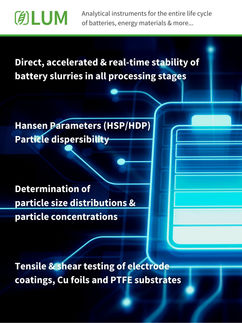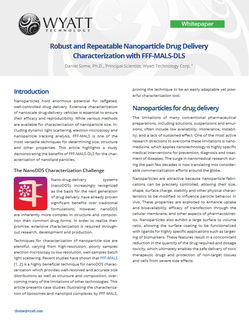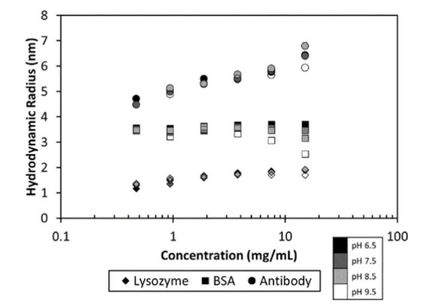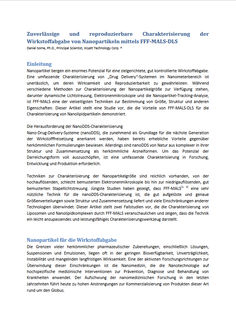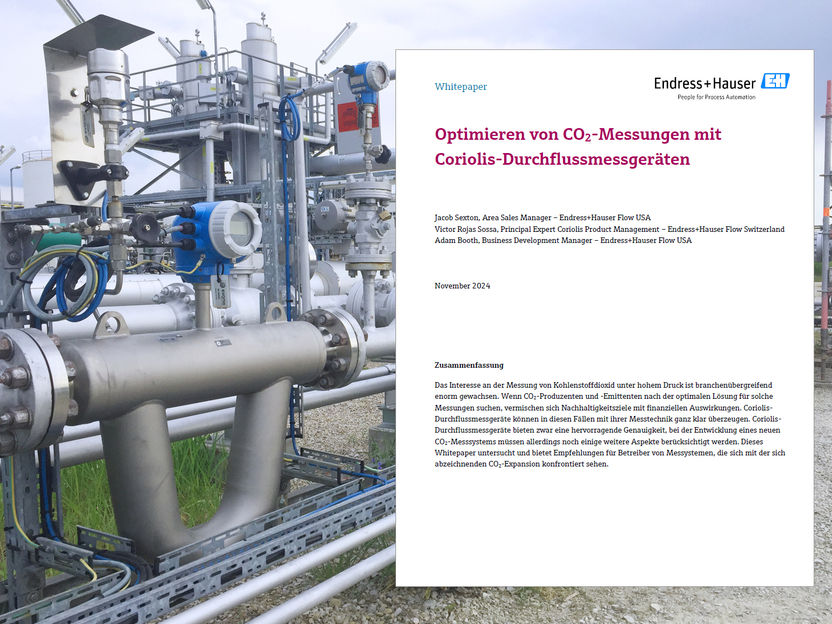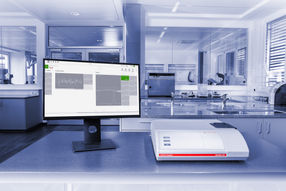
Anton Paar
Particle Size Analysis: One Sample - Different Results?
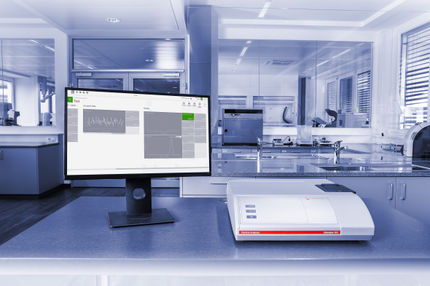
How do I measure correctly? Particle size analysis using dynamic light scattering
Dynamic Light Scattering (DLS) is the most widely used method for determining the size of particles in the nanometer range. DLS measures the scattered light intensity of an incident laser light over time. Due to the movement of the particles in a liquid medium, the scattered light intensity is not constant, but fluctuates over time. Depending on the size of the particles there are more or less fluctuations of the scattered light intensity within a defined time interval and the hydrodynamic diameter (particle size) can thus be determined from this information.
When measuring the particle size using DLS, sample preparation is of primary importance. In the first step, the correct dispersion medium must be found, and a suitable cuvette needs to be selected. Further, any dust particles inside the sample or working with contaminated cuvettes will influence the result of the measurement.
Since the theory of DLS is based on optically transparent samples without particle-particle interactions, the measurement of undiluted samples is not always possible. Dilution series are helpful to evaluate the optimal concentration range . A particle concentration that is too low can be indicated by a low signal-to-noise ratio and a reduced overall scattering intensity. Concentrated samples may result in multiple scattering events and have an effect on the sample’s viscosity, which can falsify the resulting particle sizes.
Which result is correct and how can I ensure optimal sample preparation?
Learn more in our guide to dynamic and electrophoretic light scattering. You can download your sample chapter by clicking on the 'Download Whitepaper' button. If you are interested in the complete guide, please contact Anton Paar using the company logo on the right.
Advertisement
White Paper classification
White papers on related topics
Products on related topics
Webinars on related topics
See the theme worlds for related content
Topic World Particle Analysis
Particle analysis methods allow us to study tiny particles in various materials and reveal their properties. Whether in environmental monitoring, nanotechnology or the pharmaceutical industry, particle analysis gives us a glimpse into a hidden world where we can decipher the composition, size and shape of particles. Experience the fascinating world of particle analysis!

Topic World Particle Analysis
Particle analysis methods allow us to study tiny particles in various materials and reveal their properties. Whether in environmental monitoring, nanotechnology or the pharmaceutical industry, particle analysis gives us a glimpse into a hidden world where we can decipher the composition, size and shape of particles. Experience the fascinating world of particle analysis!



